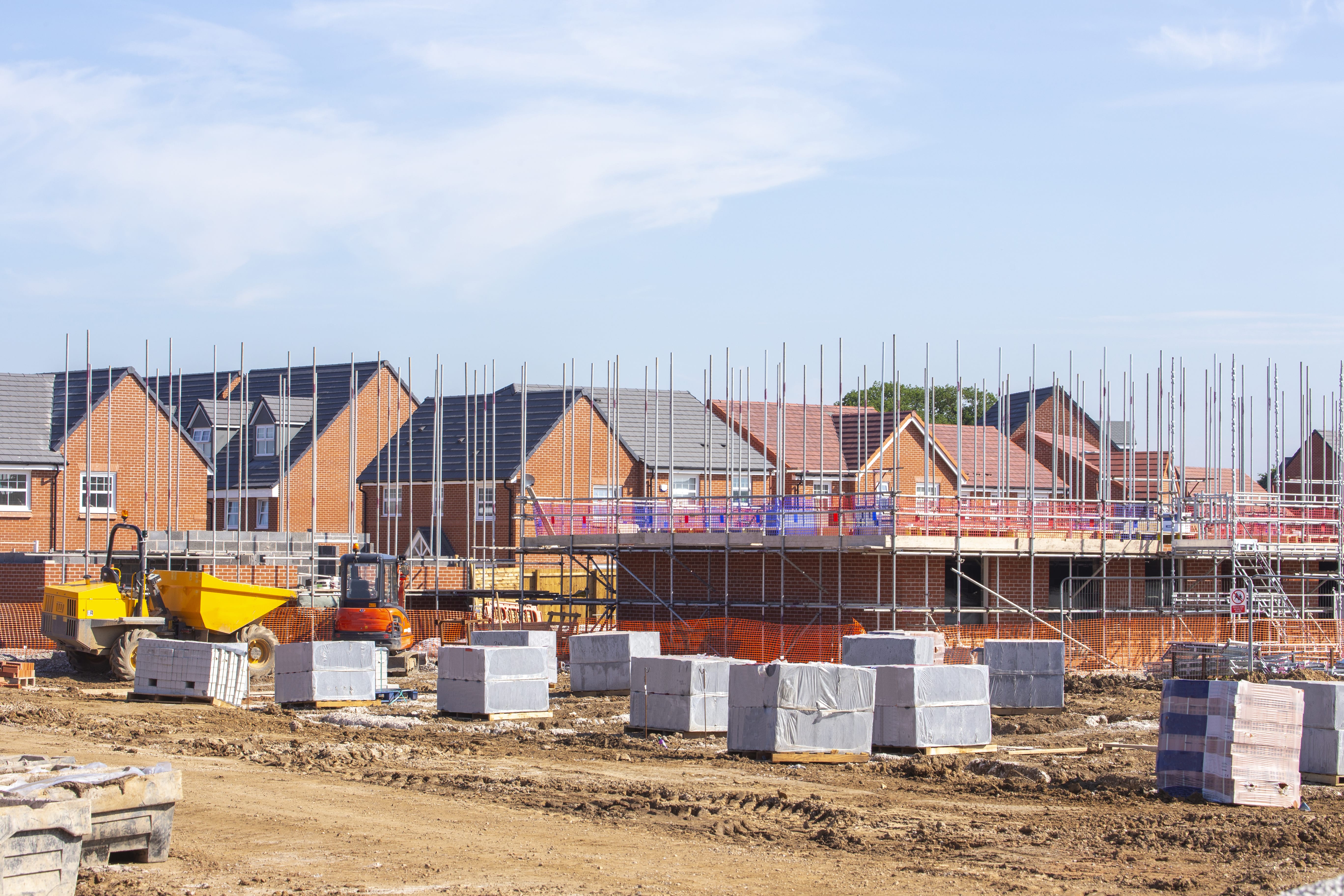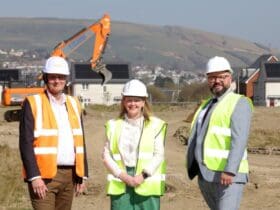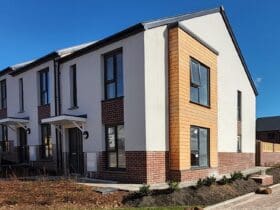New housing delivery reached its highest point since before 2009 between July and September, exceeding Q3 2019 delivery by 30.7 per cent. EPC data shows that 2,899 new homes were completed during the quarter.
However NHBC data suggests that while completions are back at average pre-pandemic levels on a quarterly basis, starts have recovered more slowly and sit below completions. This suggests a shrinking pipeline of housing under construction.
This is despite planning consents staging a rapid recovery since falling sharply during the pandemic, exceeding average 2019 levels in Q2 2021 before falling slightly below in Q3.
Delivery in the first half of 2021 exceeded Welsh Government housing need by 32.9 per cent with all four regions exceeding the required level. However the more ambitious targets set within Local Development Plans were missed in every region except North Wales.
South West Wales fell short by 45.7 per cent of the total number of new homes required as set out in its Local Development Plans, while Mid Wales was 35.3 per cent and South East Wales was 30.6 per cent under the required level.
These figures are set against a backdrop of record demand for residential property in Wales, comments Scott Caldwell, head of Savills development team in Cardiff; ‘Pent up demand and the extended Land Transaction Tax holiday has supported a strong housing market this year, with transactions 19 per cent higher than the 2017-19 average and price growth of 15.3 per cent to September. While we expect less urgency in 2022, there remains a large gap between demand and supply – a theme which extends into the development land market where we expect consented sites to be the subject of intense competition as a result of the buoyant market and severely constrained land availability across South Wales.’
Commenting on Local Development Plan progress, Rhys Govier, an associate director in the Savills Cardiff planning team, said; “A number of authorities continue to progress with their second Local Development Plans, with Delivery Agreements agreed with Welsh Government showing staggered progress, particularly amongst the South East Wales authorities, which is also targeting a Strategic Development Plan by 2028. Numerous opportunities remain, therefore, for the promotion of sites through the plan making process.’
Help to Buy
The most up-to-date EPC figures show an increase in the use of Help to Buy in Wales in the first half of 2021, with the scheme supporting 20.3 per cent of new home purchases to June. This uptick follows a period of declining use since 2018.
Claire Turner, head of residential development sales for Savills Cardiff, notes; ‘The surge in Help to Buy use earlier this year reflects the rush to take advantage of the scheme before a lower eligibility cap of £250,000 – from £300,000 – was introduced in May. The new £250,000 cap would have excluded 32 per cent of Help to Buy sales in the year to March 2021. Falling use in annual terms will therefore likely emerge over the next 12 months, as the impact of the price cap is felt.’
Affordable housing
Affordable delivery increased by 14% in the year to March 2020 but was 16% below need. As this was almost entirely before the pandemic disruption, it is likely that 2021 delivery will be lower, which would create an even greater gap between delivery and need.
Caroline Jones is an expert in affordable housing in Savills development team in Cardiff. She said: ‘Affordable housing delivery is being affected by a whole host of challenges in the current market, with build cost increases, materials and skilled labour shortages, alongside increasing statutory requirements all putting pressure on viability and deliverability.
‘Smaller developers may be nervous about starting new projects because uncertainty over price increases over a build period makes it is difficult to tie down a price at the outset. The rises we have seen have impacted heavily on margins and we have unfortunately seen some longstanding names disappear this year as a result. Welsh Government, Housing Associations and council house building authorities need to work together to support the SME construction sector in Wales to restart momentum.’
Commenting on the robust house price growth in Wales over the last 12-18 months and the 18 per cent growth forecasted by Savills researchers over the next five years, Caroline said; ‘Unfortunately, while this strong growth is and will continue to help private developers to offset some of the build cost inflation, it has very little impact when delivering a 100% affordable housing scheme. As a consequence, more and more HAs are now incorporating private units into schemes so the profit can be invested back and subsidise the more costly social rented element. I expect we will see a continuation of this trend over the next year.’









Leave a Reply
View Comments